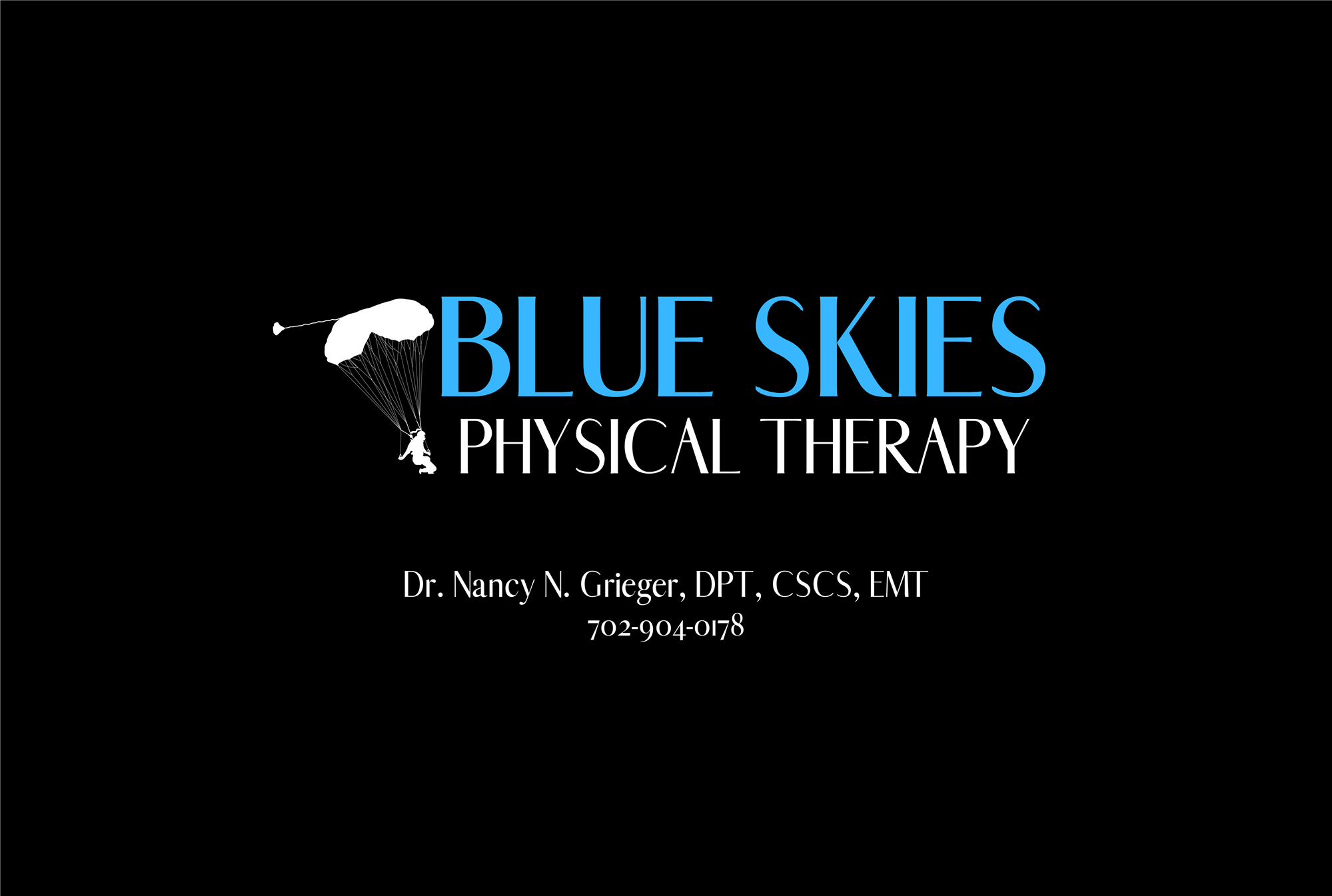Skydiving Health and Fitness | Planks
 Brought to you by Dr. Nancy Grieger, DPT, of Blue Skies Physical Therapy at Skydive Elsinore in California.
Brought to you by Dr. Nancy Grieger, DPT, of Blue Skies Physical Therapy at Skydive Elsinore in California.
Check with your doctor before beginning any new exercise program. If you have any questions about the exercises contained in this article, consult with a local certified professional or contact Dr. Nancy Grieger at (951) 894-9500 or through her website, blueskiesphysicaltherapy.com.
Planks provide a great head-to-toe workout and can help you maintain your center of gravity while landing and performing harness or toggle inputs. They will strengthen your core, which is linked to decreased lower-back pain and improved athletic performance.
You can perform planks in many ways. You don’t need special equipment and can do them just about anywhere. For this beginner set, you’ll use an elevated surface such as a bench. Planks are a great exercise to perform during weather holds, and you can even set up plank challenges and races. I’ve witnessed two people hold their planks for almost 18 minutes, which is not the norm! For the following exercises, perform a simple web search to find goals specific to your age and gender.
First, review the following rules for performing planks on or off an elevated surface:
- Keep your body in line, perpendicular to the surface.
- With your stomach down, hold your stomach in as if you have an imaginary hand just a few centimeters away and you do not want them to touch.
- Retract your head and neck so you are not looking up and extending your neck. (Many tunnel instructors give this same tip to head-up and head-down flyers.)
- You can plank on your hands or elbows. Using your hands is preferable, but if you have wrist pain or stiffness, use your elbows. Elbows also provide more surface area, so you can use your elbows if you’d like to have more control.
- You can plank on bended knees or on your feet. Using your knees decreases the pressure on your back because it shortens the body and provides less resistance. However, you will not be able to do a plank on an elevated surface while on your knees.
Static Plank
Start with your body straight, belly sucked in and neck retracted.
Hold this position for a set amount of time, aiming for your age and gender standard. You can always hold for longer or add the following variations.
Plank with Alternating Arm Push-Ups
Start in the plank position and push up with one arm. Perform 10 reps with the same arm and then switch sides. Try to perform three sets.
Plank, Knee to Elbow
This exercise focuses on your abs, glutes, shoulders and obliques. This is a great burner exercise.
Start with a static plank, then shift your weight and touch your knee to your elbow, moving your core minimally. The slower you go, the more difficult it will be. Alternate sides, focusing on decreasing the weight shift and core movement. Start with 10 reps and try to do three sets.